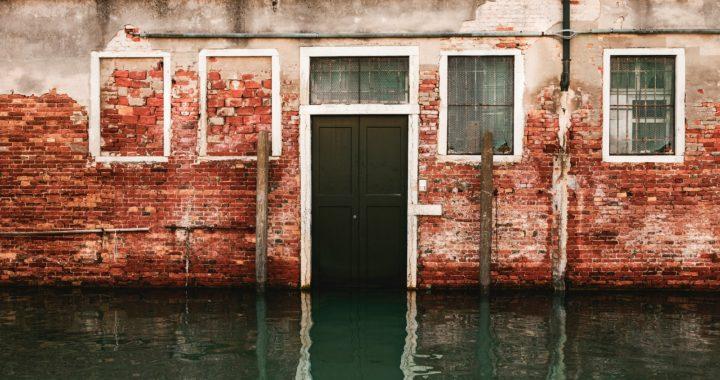February brought record rainfall to Southern California. We experienced the wettest winter in decades! With excess water, surprise leaks can develop and possibly weaken your structure.

What to Watch For
Your roof is the biggest deterrent to water intrusion. Make sure it gets checked for soft spots, gouges, loose shingles and defective flashings. If liquid gets inside, attic insulation can become saturated and supporting beams can be compromised.
If your gutters or downspouts are in need of repair, or filled with debris, proper flow can be hindered. Water may spill onto the outside walls which could break down the exterior and allow entry. If windows aren’t adequately sealed, moisture can enter and leave the wood open to rot. Excess water may also negatively affect your foundation. Often, crawl spaces and basements get flooded, and don’t drain properly which can result in standing water.
The above circumstances make your building vulnerable to…
 Mold
Mold
Mold depends upon moisture to grow. Give it a dark space and mold will flourish. Since any water can’t be allowed to remain, your first step after a rain would be to repair the structure to prevent further water infiltration.
After you’ve removed excess liquid, a mold & moisture inspector can look for evidence of mold growth through a visual examination of the area. He will also watch for damp areas, where mold could be growing, that may not be visible to the naked eye. A moisture meter helps locate areas where water has collected, and through thermal imaging (infrared), he can locate cold spots (usually indicative of moisture).
Once you discover the source of dampness, the area should be tested to determine the density of spores and which species. The lab results will then aid in determining an appropriate remediation plan.

